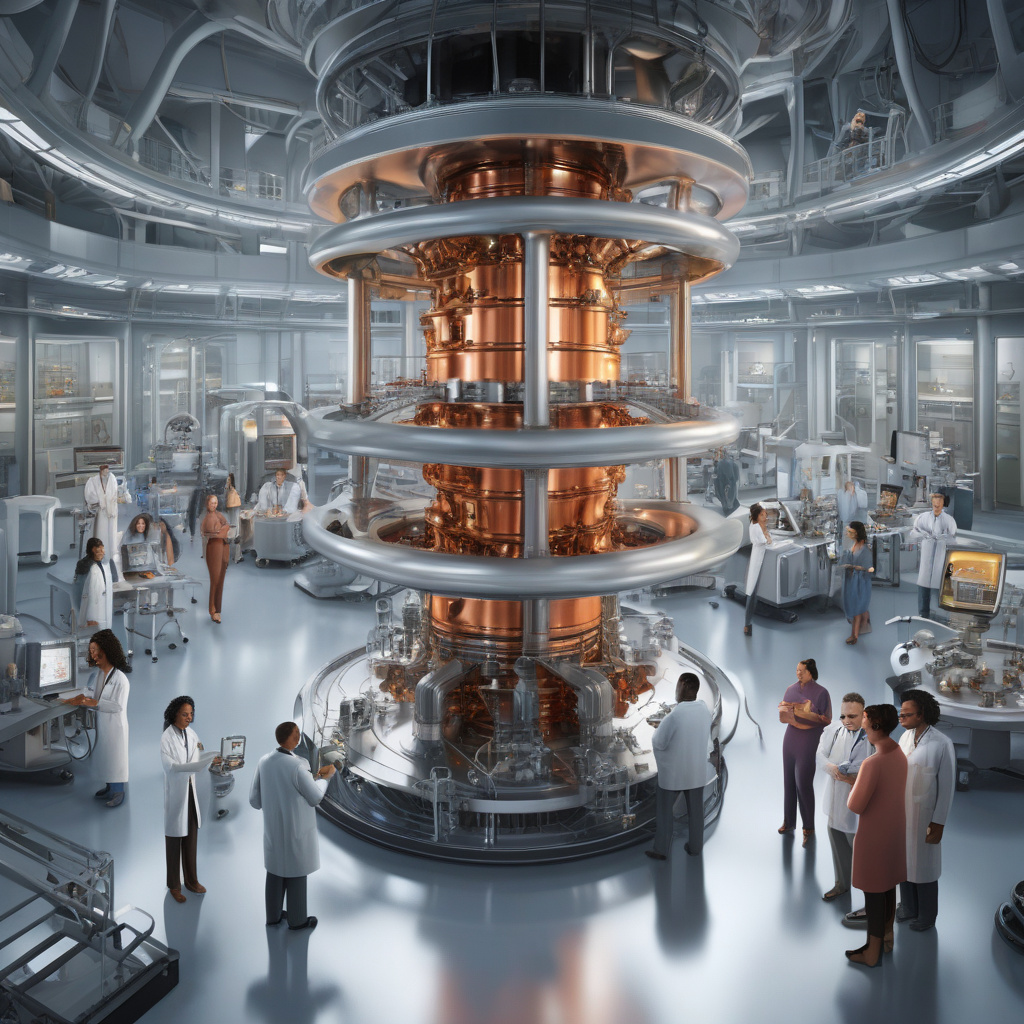Machine Learning Revolutionizes Fusion Reactors: MIT Researchers Make Groundbreaking Progress in Preventing Disruptions
MIT researchers have made significant strides in the field of fusion energy by integrating machine learning with physics to anticipate plasma behavior in fusion reactors. This innovative approach not only enhances our understanding of fusion processes but also plays a crucial role in averting disruptions that could pose safety risks and impede the efficiency of these advanced energy systems.
Fusion reactors hold immense promise as a clean and virtually limitless source of energy. However, one of the primary challenges in harnessing fusion power lies in controlling the plasma that fuels the reactions. Disruptions in plasma behavior can have detrimental effects, leading to sudden energy releases and potential damage to the reactor components. MIT’s pioneering research addresses this challenge by leveraging machine learning algorithms to accurately predict and manage plasma instabilities.
By analyzing vast amounts of data on plasma physics and reactor dynamics, researchers have trained machine learning models to recognize patterns indicative of imminent disruptions. These models can swiftly process real-time information from fusion devices and provide valuable insights into the optimal strategies for stabilizing the plasma and avoiding disruptions. As a result, operators can take proactive measures to safeguard the reactor and ensure its smooth operation.
The synergy between machine learning and physics not only enhances the predictive capabilities of fusion reactors but also opens up new possibilities for optimizing their performance. By continuously refining the machine learning algorithms with data from experimental observations, researchers can fine-tune the predictive models and adapt them to different reactor configurations and operating conditions. This adaptive approach enables fusion reactors to operate more efficiently and reliably, paving the way for their widespread adoption as a sustainable energy source.
Moreover, the integration of machine learning in fusion research exemplifies the power of interdisciplinary collaboration in advancing scientific innovation. By combining expertise in physics, engineering, and data science, researchers can tackle complex challenges with a holistic approach, leading to breakthroughs that would not be possible within traditional disciplinary boundaries. The success of MIT’s initiative underscores the importance of merging diverse skill sets and perspectives to drive progress in high-impact fields such as energy technology.
As we look to the future of fusion energy, the fusion reactors equipped with machine learning capabilities hold immense potential to revolutionize the global energy landscape. By harnessing the predictive power of artificial intelligence, we can overcome longstanding barriers to achieving sustainable and efficient fusion reactions. MIT’s groundbreaking research serves as a testament to the transformative impact of integrating machine learning with physics and sets a new standard for innovation in the field of fusion energy.
In conclusion, the fusion of machine learning and physics represents a paradigm shift in how we approach the challenges of fusion energy. By leveraging the predictive prowess of artificial intelligence, researchers can mitigate disruptions, enhance reactor performance, and accelerate the path towards a cleaner and more abundant energy future. The fusion reactors of tomorrow are not just a vision but a tangible reality, driven by the convergence of cutting-edge technology and scientific ingenuity.
fusion, machine learning, MIT, plasma behavior, energy revolution
